Ribonucleic Acid (RNA)
Ribonucleic acid (RNA) is a molecule that plays a crucial role in various biological processes, including protein synthesis, gene regulation, and the transmission of genetic information. RNA is essential for the functioning of all living cells.
Types of RNA
There are several types of RNA, each with specific functions:
- Messenger RNA (mRNA): Carries genetic information from the DNA in the cell nucleus to the ribosomes in the cytoplasm, where protein synthesis occurs.
- Transfer RNA (tRNA): Transfers amino acids to the ribosomes during protein synthesis, based on the codons on the mRNA.
- Ribosomal RNA (rRNA): Along with proteins, makes up the ribosomes, where protein synthesis takes place.
- MicroRNA (miRNA) and small interfering RNA (siRNA): Regulate gene expression by targeting specific mRNAs for degradation or by inhibiting their translation.
Structure of RNA
RNA is composed of nucleotides, which consist of a sugar (ribose), a phosphate group, and a nitrogenous base (adenine, guanine, cytosine, or uracil). Unlike DNA, RNA is single-stranded and typically exists in a helical structure.
Functions of RNA
RNA plays several important roles in the cell, including:
- Transcription: RNA is synthesized from a DNA template in a process called transcription.
- Translation: mRNA carries the genetic code from the DNA to the ribosomes, where it is translated into a specific sequence of amino acids to form a protein.
- Gene regulation: Certain types of RNA, such as miRNA and siRNA, regulate gene expression by controlling the stability and translation of specific mRNAs.
Study Guide
When studying RNA, it's important to focus on the following key points:
- Understand the different types of RNA and their respective functions.
- Learn about the structure of RNA and how it differs from DNA.
- Explore the processes of transcription and translation, and how RNA is involved in these processes.
- Examine the role of RNA in gene regulation and its impact on the expression of genes.
By mastering these concepts, you will gain a comprehensive understanding of RNA and its significance in the cell.
[Rna] Related Worksheets and Study Guides:
.◂Science Worksheets and Study Guides Eighth Grade. Understanding Weather
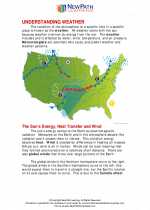
 Activity Lesson
Activity Lesson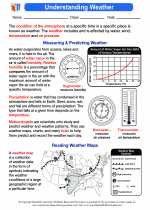
 Worksheet/Answer key
Worksheet/Answer key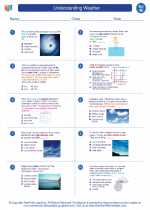
 Worksheet/Answer key
Worksheet/Answer key
 Worksheet/Answer key
Worksheet/Answer key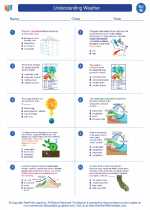
 Worksheet/Answer key
Worksheet/Answer key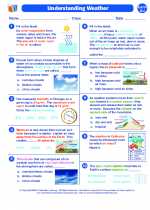
 Vocabulary/Answer key
Vocabulary/Answer key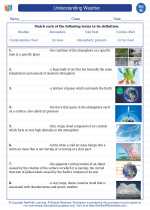
 Vocabulary/Answer key
Vocabulary/Answer key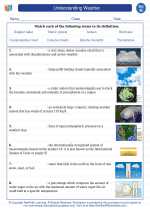
 Vocabulary/Answer key
Vocabulary/Answer key
